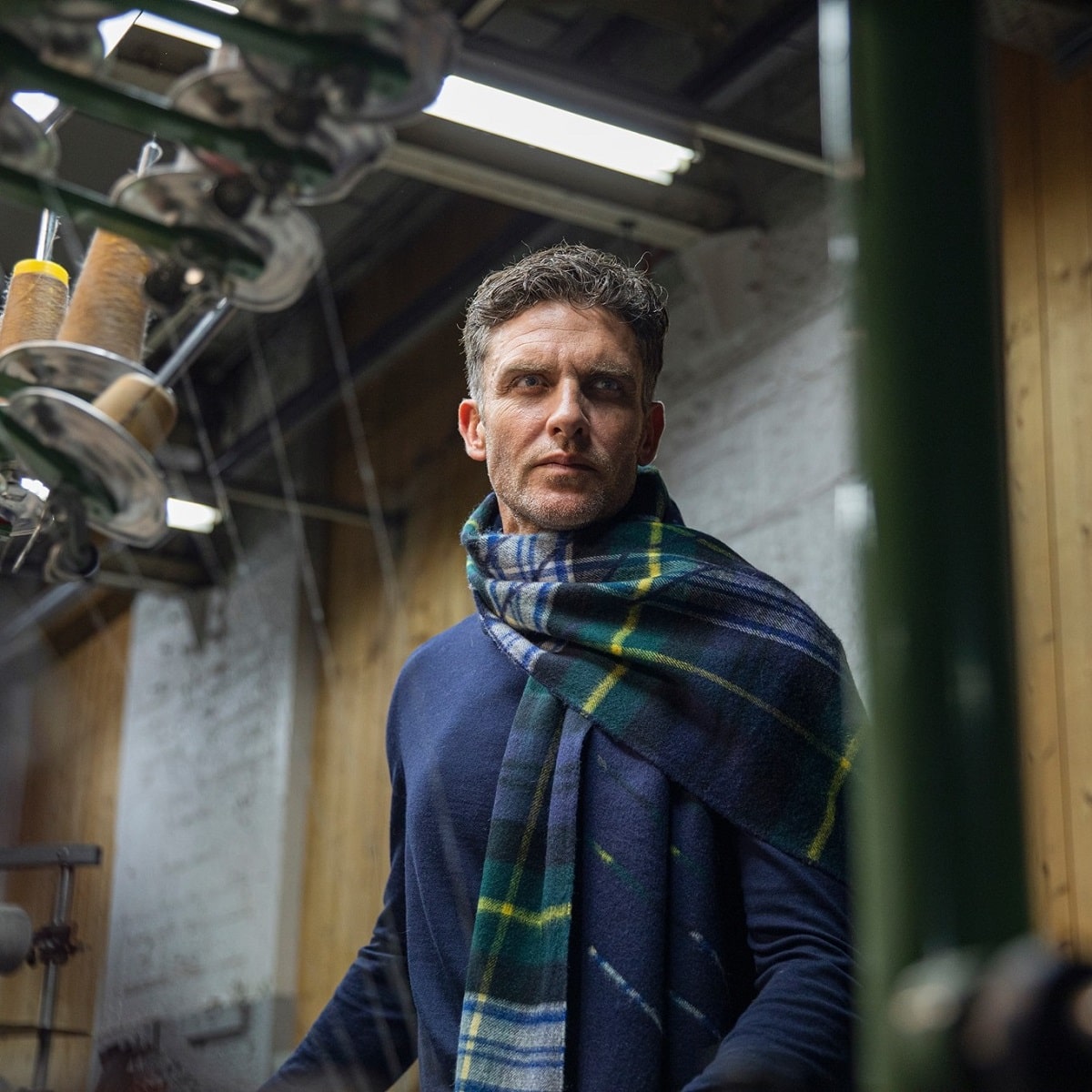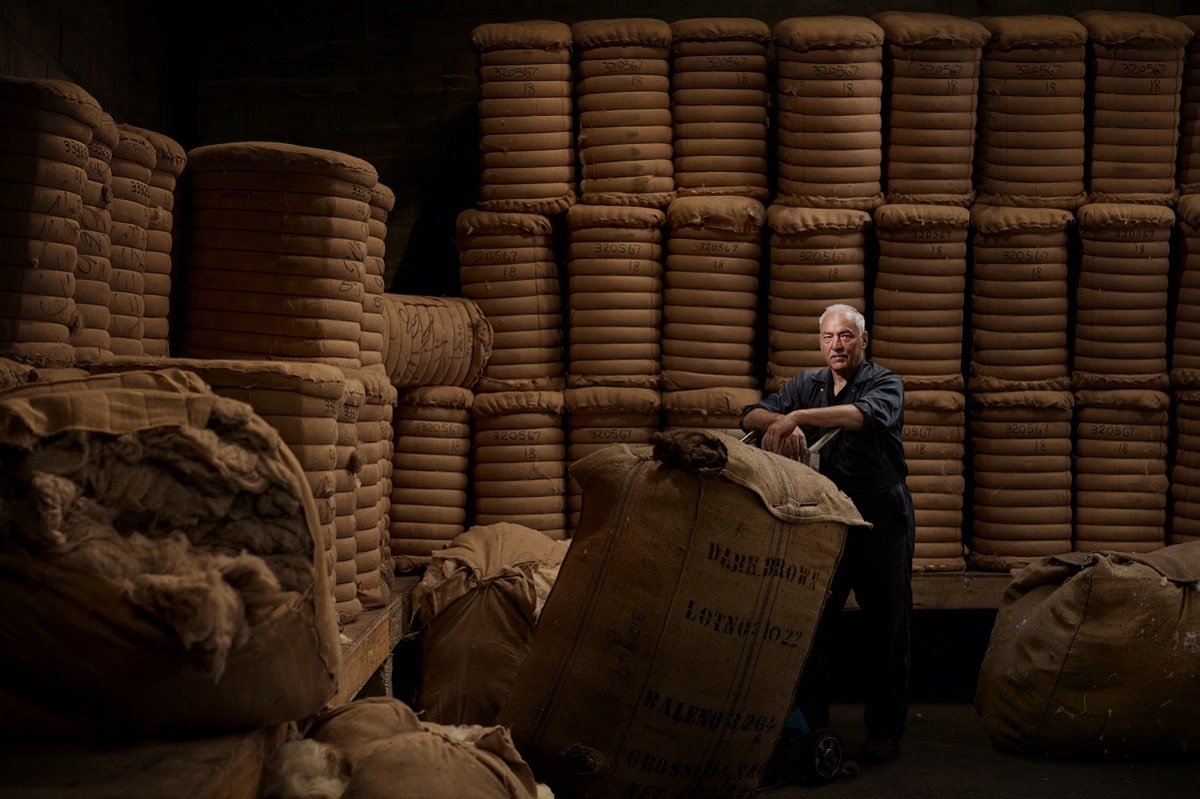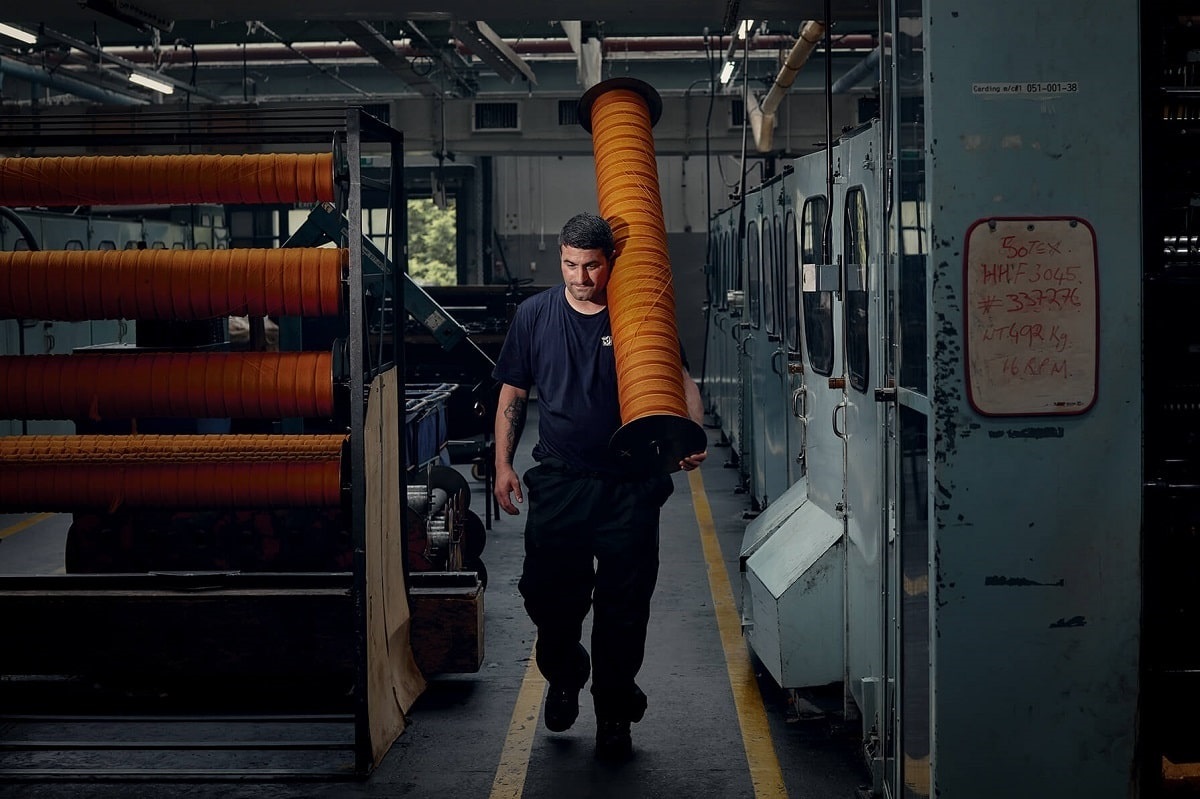1
HOME > Business >
WHO SHOULD COMBAT CLIMATE CHANGE IN THE FASHION INDUSTRY?
Written by Simon Cotton in Business on the 19th October 2021

I’ve got some concerns about the UN Climate Change Conference of the Parties (COP26). I’m not upset about the irony of thousands of people flying from all over the world to Glasgow to be part of a sustainability conference, as I can see that we need to bring people together to discuss these massive issues. I’m also not upset that the event has largely turned into a corporate and national greenwashing festival, as I can see that even the token announcements represent some kind of progress.
I am concerned that the spectacle of thousands of experts, from hundreds of organisations, with dozens of events, gives the impression that someone else, is dealing with climate change on our behalf. The impression of real action by "someone else” may stop us taking the very real actions that we need to make today.

I believe that we, as individuals, have the real power. We elected the politicians who will gather in Glasgow. Did we elect politicians who will take climate change seriously? Our decisions on the products we purchase determine whether brands and manufacturers embrace sustainability. They can’t do that without our support.
However, my impression is that we feel nothing but powerful. We feel bewildered by a set of greenwashing and contradictory information. We often don’t feel that we can make real choices which will make a genuine difference to the future. There is still something to do, before we can unlock the overwhelming power of the consumer. Politicians and companies need to offer consumers real and meaningful choices awed on clear information.

After a year in which we have focussed on every stage of our production and supply chain, we are now turning our attention to empowering our consumers. Next time you buy a Johnstons of Elgin product anywhere in Europe, you will have a choice of non-airfreight delivery, because air freight can add as much carbon footprint to a garment as the whole production process. Our new packaging options will all be completely recycled and easily recyclable, but the consumer can choose between gift boxing (more cardboard) or a lighter option, because we don’t need a gift box every time we buy ourselves a jumper.
We are looking to educate consumers that fibres like wool and cashmere need to be washed very infrequently at lower temperatures. They natural wick moisture away from your body so won’t smell like the poly/cotton garments which dominate a modern wardrobe.

Finally, we are giving consumers choices for what to do with their much-loved items at the end of their life. If the garment simply needs some TWC to bring it back to life, we have launched a new care and repair service. If they don’t want the garment anymore, we will give it to our partners the Cashmere Circle who will try to give it new life as a second-hand garment (or strip it down for spare yarn if that can’t be achieved).
But the best thing that consumers can do today, is to buy less products and buy better quality products that last. I have many people tell me that they’ve had their favourite Johnstons of Elgin garment for decades and sometimes that it was passed down from parents. If we bought clothing like we buy furniture, carefully researched, and considered for the long-term, we would drastically reduce fashions environmental footprint – far more than any company can achieve.

So, I will be looking at COP26 for hope and leadership, but most of all I will be looking for how people react. Do we become emboldened to take power to combat climate change, or do we sit back and hope that companies and governments will solve everything? My hope is that COP26 will mark the time that we step up and realise that climate change can only be curbed by our decisions.
Trending
2
3
4
5
6
7
8
9
10









